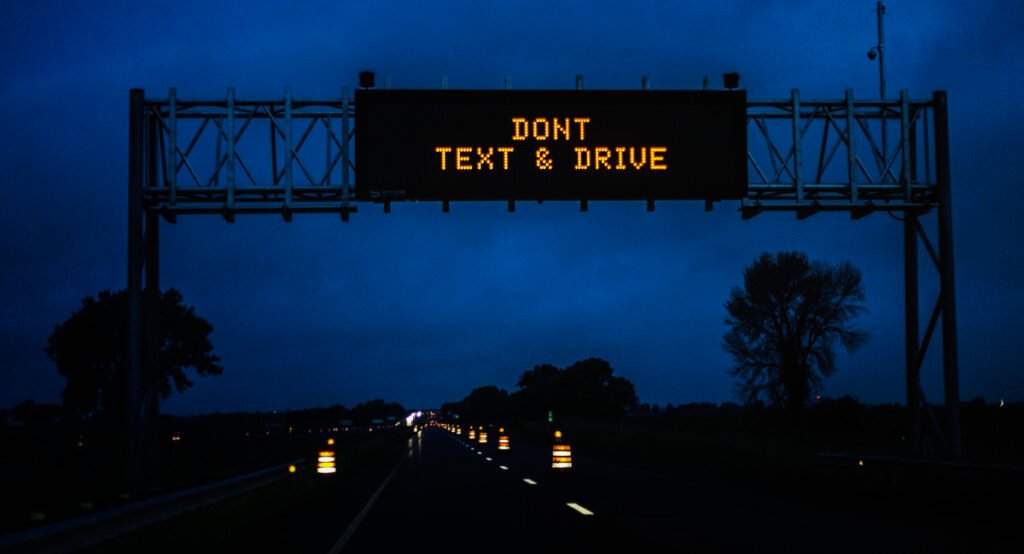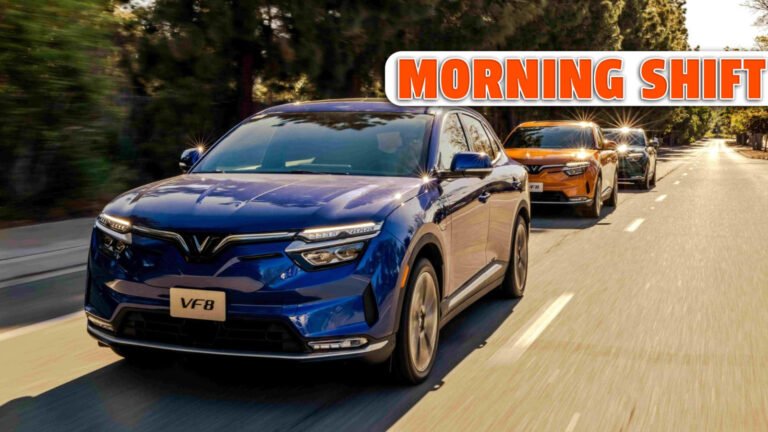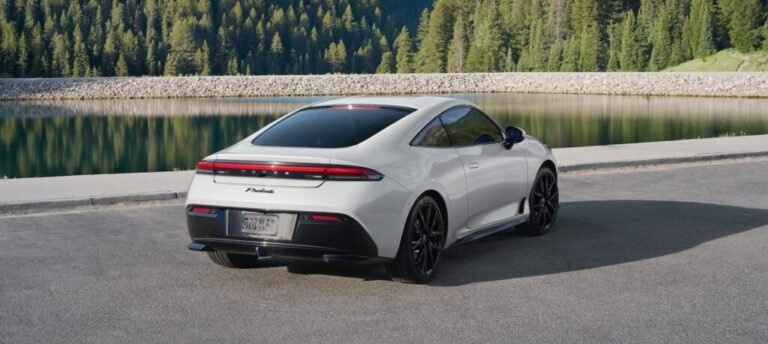
Tech makes Gen Z feel safer, but not drive safer
Despite years of awareness campaigns and tougher traffic laws, distracted driving isn’t going away. Instead, it’s shifting. Gen Z, the first generation to grow up with smartphones in their hands, is leading the way in risky behaviors behind the wheel.
According to a new survey from Insurify, 68% of Gen Z drivers admit they text or interact with messages while driving. Many rely on Bluetooth or voice-to-text features, believing those tools make their actions safer. However, data from Cambridge Telematics suggests otherwise — even hands-free interactions increase the likelihood of a crash, with nearly one in three collisions occurring within a minute of phone use. The problem isn’t just fumbling with a phone; it’s the confidence that technology creates, encouraging drivers to multitask when they should be focusing on the road.
When and how Gen Z checks their phones
The survey highlights the small compromises Gen Z drivers make that add up to big risks. About 32% said they wait until the car is parked to respond, but the rest still interact with messages in some way.

Nearly 1 in 5 admit to reading or replying while stopped at a red light, even though that’s still considered “operating a vehicle” under most state laws. Another 21% use voice-to-text tools, which keep their hands free but distract their brains. Others skim messages and put off replying until later, thinking that’s a safer alternative. In every case, attention is divided, and on the road, even a moment’s distraction can be deadly.
The crash data backs it up
The survey results aren’t just bad habits on paper — they show up in crash statistics. Gen Z drivers have the highest accident rate of any generation, at 7%, and also lead in DUI incidents at 1%. For comparison, baby boomers have an accident rate of 3.5% and a DUI rate of just 0.3%.

Elijah Nicholson-Messmer
National Highway Traffic Safety Administration (NHTSA) data reinforces the danger. In 2023, distraction played a role in 13% of injury crashes and 8% of fatal crashes nationwide. Teens aged 15 to 20 are particularly vulnerable: their fatal crash rate is 1.7 times higher than the average for all licensed drivers. Put simply, younger drivers’ comfort with technology hasn’t translated to safer driving — if anything, it’s making them more vulnerable.
That persistence underscores a troubling truth: legislation can only go so far when culture and convenience normalize distraction.
Final thoughts
The numbers are clear — in-car technology doesn’t erase the risks of distracted driving, it often deepens them. Gen Z drivers may think they’re being cautious by using Bluetooth or only replying at red lights, but those shortcuts still divide their attention.
Driving without distraction requires an old-fashioned solution: putting the phone away. For a generation raised on instant communication, that may be the hardest habit to build. But it’s also the one that saves lives.


